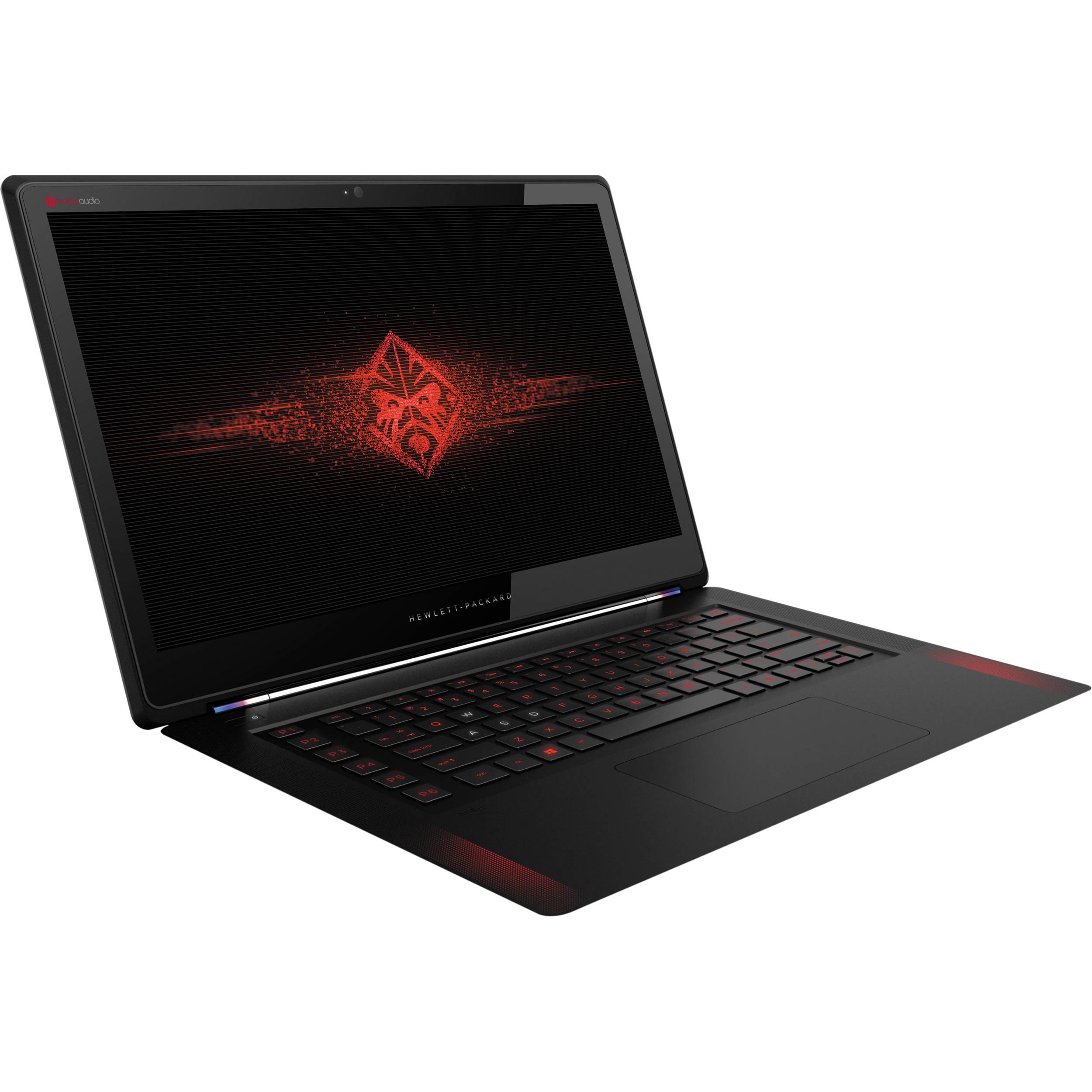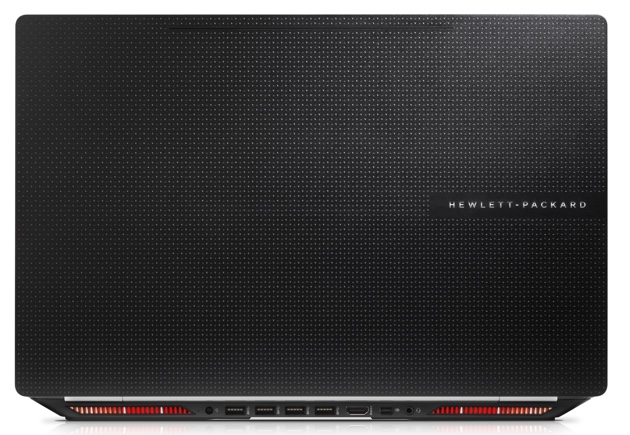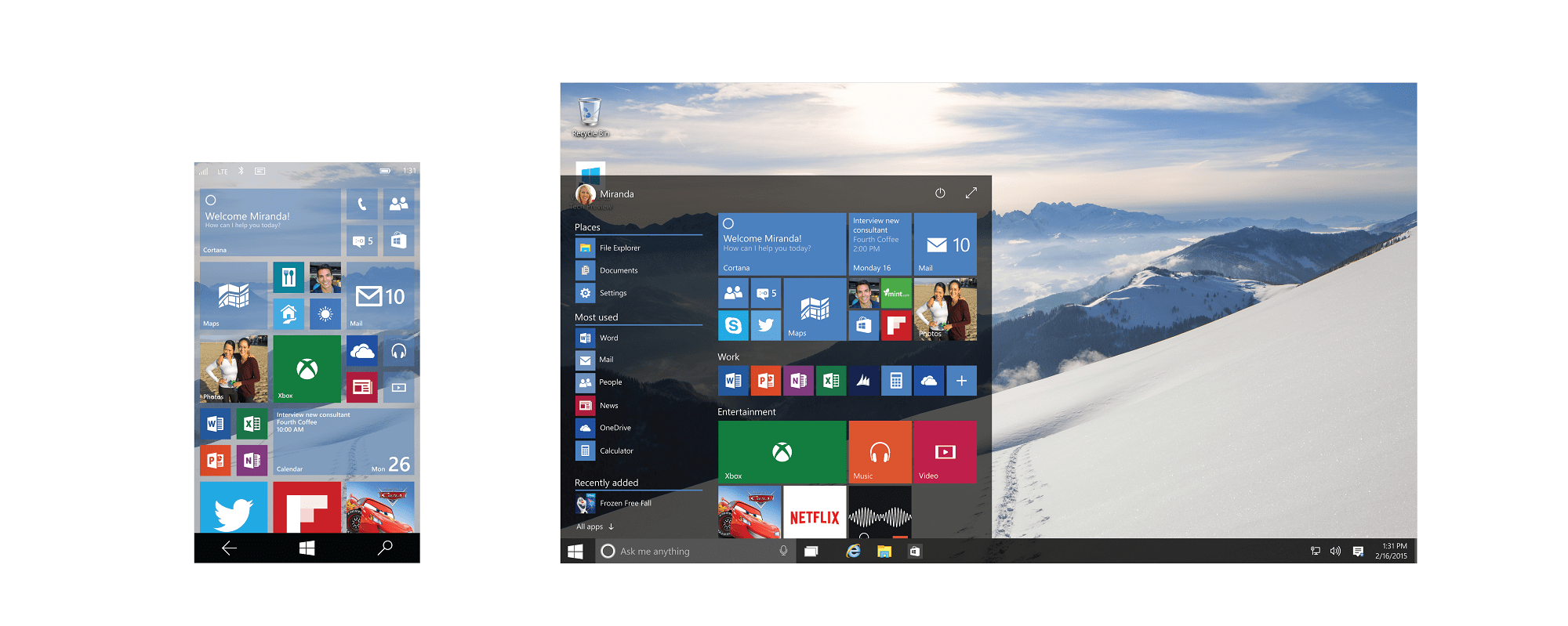What’s the difference between a mobile workstation and a gaming notebook?
It’s often in the graphics capabilities, but a lot of it is branding and the look and feel too. The HP OMEN Pro is weird in that it shares the name of HP’s new line of gaming laptops but it doesn’t look like one. Be it for business or pleasure, how does it measure up?
Design
The HP OMEN Pro looks beautiful. Its industrial design is striking, and it stays noticeable, even weeks into usage.
This is both good and bad.
I love the slim minimalistic straight lines on the black matte metallic material. It avoids a lot of the fingerprints that other notebooks tend to attract.
The ultrabook comes in at 9.7 x 15 x 0.8 in. To keep it as thin as it is, HP had to put the ports and vents underneath and behind the unit. This is where we ran into a few problems.
During my time with the unit, I never got used to having the ports at the back. Since it’s surprisingly portable, I would take it from my desk to the couch and back.
Plugging in a cable or USB on the Omen Pro forces you to close the screen, stand up, and often lift the power cable in order to plug things in.
The placement and angle of the power cable also meant that it easily became unplugged when used on anything other than a desk. And, in a not very helpful move, HP’s software detects this as a faulty cable, and pops up with a reminder that you can buy another one from HP.
There’s a reason why machines as thin as the Macbook Air still chose to have ports on the side. It’s just more practical.
Meanwhile, the grill and edges at the bottom of the notebook mean that it’s actually not very comfortable to place directly on your lap. Putting a cushion underneath would defeat the cooling capacity, which is actually pretty good on the device.
Honestly these issues are not deal breakers, and the overall look and feel of the device is very good. I also appreciated having always-on USB ports. They came in really handy.
Specs
| OS | Windows 7 Professional 64-bit |
| Processor | Intel Core i7 |
| Graphics | Integrated Intel HD Graphics or Intel Iris Pro Graphics 4600, 5200, or NVIDIA Quadro K1100M (2 GB dedicated GDDR5) |
| Memory | 8 or 16 GB 1600 MHz DDR3L SDRAM |
| Storage | 256 or 512 Gb HP Z Turbo Drive (PCIe SSD) |
| Display Support | Supports up to 3 independent displays via internal panel, system mini DisplayPort, system HDMI, or using the HP USB 3.0 Port Replicator Docking Station DisplayPort and HDMI ports (sold separately). Supports DisplayPort 1.2 Monitors |
| Screen | 15.6″ diagonal full HD WLED backlit touch screen display (1920 x 1080) |
| Connectivity | Dual Band Wireless-AC 7260 802.11ac (2×2) WiFi + Bluetooth 4.0 |
| Ports | 1 multi-format SD Media Card Reader |
Using the Omen Pro is fast and fluid. This is thanks to its large SSD.
Editing photos on here is brilliant, literally, thanks to the screen on this thing, which is one of the best I’ve seen all year. The colours are bright and vibrant, with great contrasts and crisp pixels. It’s hard to go back to anything else.
One issue I did run into was when editing audio. The hard drive began vibrating audibly, and then actually froze the unit a couple of times. The problem seems to have disappeared, though, so hopefully it’s not a prevalent issue.
The battery is fairly decent. Browsing and document writing gave me almost three hours on a full charge, which is more than I’m accustomed to with ultrabooks.
Doing more graphically-intensive things like gaming is also great. My unit came with the Intel Iris Pro Graphics 5200, which is an integrated graphics card that’s comparable to dedicated mid-range chips, but there are other units with Nvidia graphics built in.
This won’t handle THE most intensive usage, but it’ll serve creative users well.
Other areas that it could have improved are the fairly shallow-sounding speakers and a trackpad that isn’t very sensitive along the edges.
Conclusion
I may have spent much time on the device’s flaws, but I really enjoyed my time with the HP Omen Pro. HP has managed to include a solid list of features into a sleek package. It’s not without its flaws, HP should be commended for trying to bring back portability to ultrabooks, which is rare these days.
If you’re in the market for Ultrabooks this holiday, this may be one to check out.







